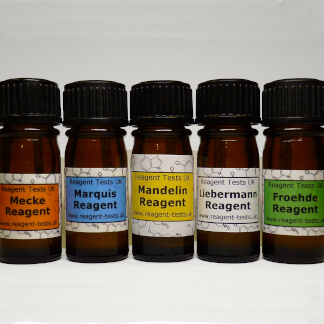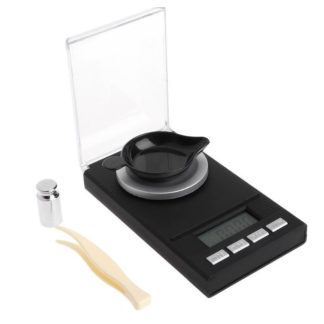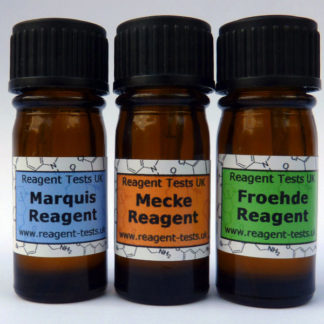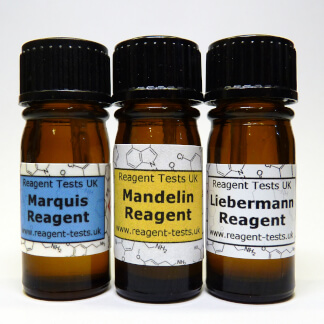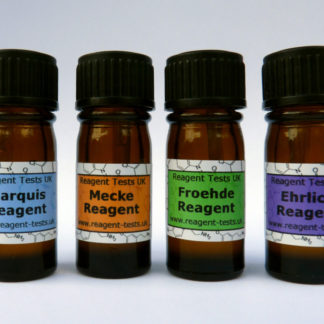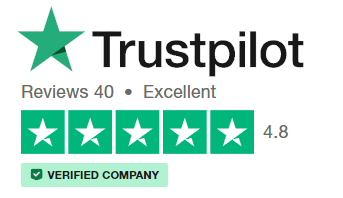Xylazine is a “non-opioid tranquilizer” which works by relaxing muscles directly, with less emphasis on psychoactive effects than commonly used recreational drugs. In the UK it has been found mixed into ketamine, creating unexpected difficulty moving around without the same desirable effects that people consume ketamine for.
Both substances take the form of white powder or small clear crystals, so distinguishing them by eye is difficult or impossible.
As xylazine is in a different class of substances and has a very different chemical structure, we have a great opportunity to distinguish them with chemical tests. Reagent tests are simple tests that can be used by anyone to identify chemicals and cutting agents.
Test results
| Marquis reagent test result | |
| Ketamine | No colour change |
| Xylazine | Pink, changing to red over time |
| Ketamine mixed with xylazine | Pink, changing to red over time |
As you can see, the test clearly distinguishes the two substances. If both substances are mixed together then we will see the pink/red and the colourless reaction mixed together, so the result will simply be lighter, similar to mixing paint.
Once the presence of xylazine has been ruled out, we can confirm the presence of ketamine using the liebermann reagent or the morris reagent. These have the advantage of giving information about other possible components.
| Liebermann reagent result | Morris reagent result | |||
| Ketamine | Faint yellow (other compounds give a wide range of colours) | Purple (all other compounds go blue or green) |
You can buy ketamine testing kits:
The simplest way to test ketamine is using our ketamine testing reagents.
Why we don’t stock xylazine test strips:
We don’t stock the xylazine strips because we don’t think they offer good value to customers.
- At a cost of around £1 per sample, they only test for xylazine and not any other risks.
- They are prone to false positives, meaning that 2-3 need to be used (diluting the sample each time), costing £2-3/sample
- Xylazine is not super-potent like fentanyl, so it needs to be present in concentrations well over 10% to be worrying. This means it can be detected easily with reagents, which will detect a huge range of other risks.
- Even when present in high concentrations, xylazine does not present the same risk as fentanyl
- Xylazine is not widespread in the UK
- Strips do not give any information about the concentration of xylazine present, meaning pharmacologically inactive 1% contamination gives the same result as 50% contamination
This means that xylazine is not a threat because it is not dangerous enough, not common enough and not present in high enough concentrations on the rare occasions when it is found. The cost of detecting with a single-purpose test is not justified unless many other tests are being done.

